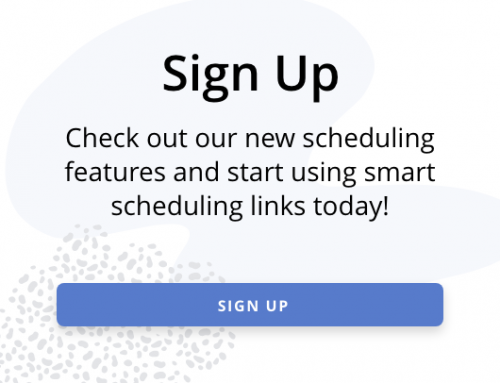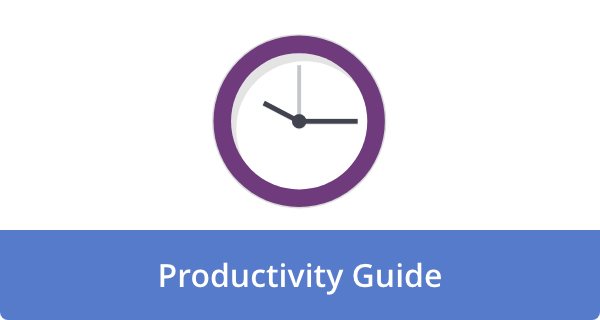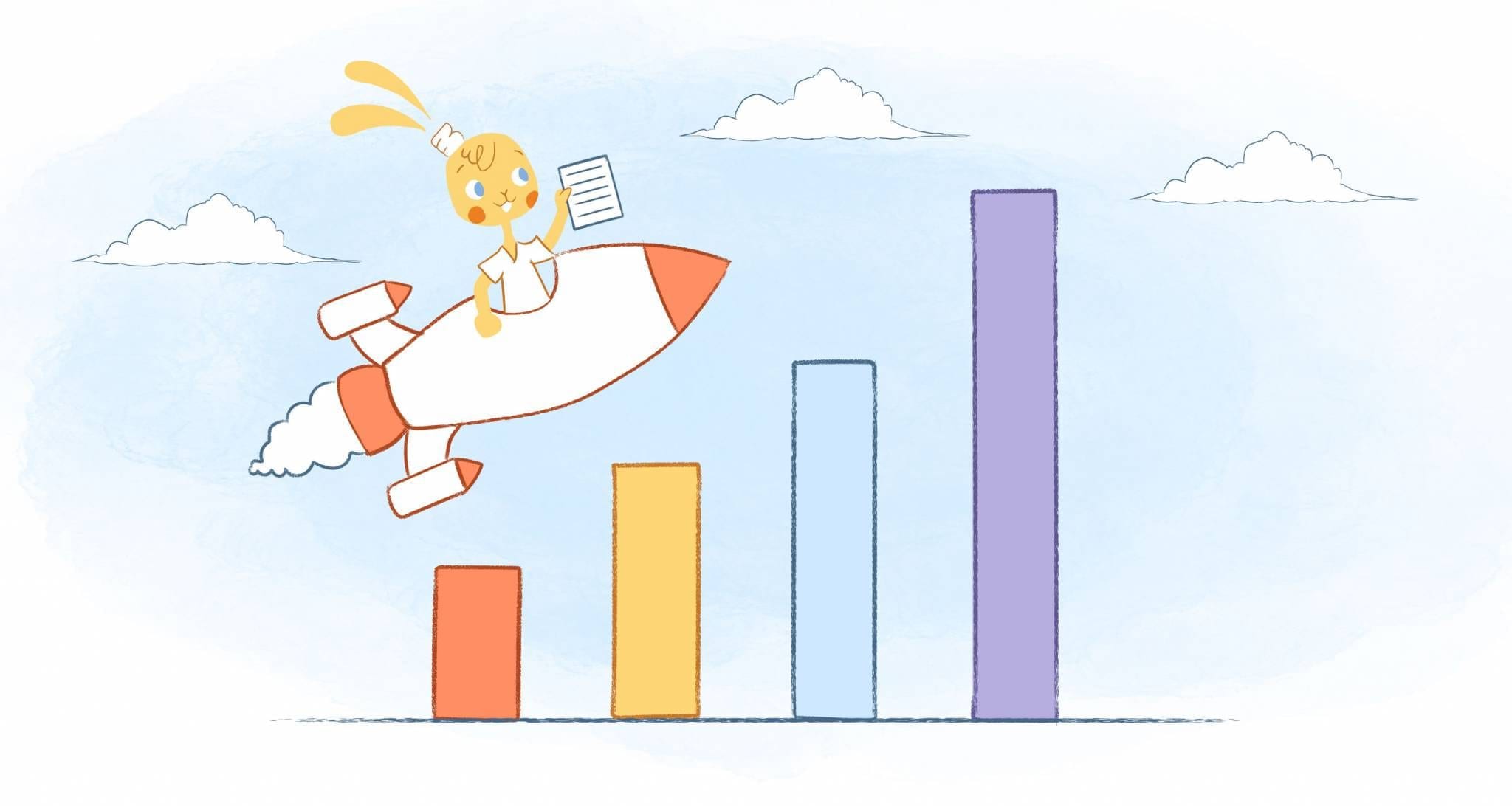

We all have 24 hours in a day, but somehow it never seems enough. Although major time-wasters, such as binge-watching or procrastinating, often receive a lot of blame, sneakier habits often steal the show.
The good news? If you take the time to identify these hidden culprits, you can regain control of your schedule without making any other changes.
Here are 13 subtle ways you’re wasting time, along with tips on how to reclaim it.
The Digital Drain: Reclaiming Your Focus from Screens
We live in a world where digital distractions are rampant. Often, they deliver fragmented attention and wasted time, not connection and information.
1. Checking your phone “For Just a Second.”
It all starts innocently enough. You may just glance at a notification, check an email, or respond to a text message quickly. In a flash, that “just a second” has turned into 15 minutes devoured by endless scrolling through TikTok, getting lost in a news feed, or responding to a flurry of group chats. In addition to distracting you from meaningful work or relaxation, this habit fragments your attention.
How to steal it back.
Here, proactive digital hygiene is your superpower. This can be accomplished by going on a digital detox;
- Disable non-essential notifications. In most cases, you don’t need to be alerted constantly by your app.
- Plan specific “phone-free focus blocks” so your device is out of sight and out of mind for those apps that are most distracting.
- Sometimes the simplest solution is the most effective: keep your phone in a different room when you’re deep in thought.
2. Multitasking (a.k.a. “Switchtasking”).
There is a persistent myth about multitasking being productive. In reality, what we call multitasking is actually switchtasking, which involves rapidly shifting your attention between various demands.
Even though it feels like you’re doing more, each switch is draining your mental energy and efficiency. Research consistently shows that your brain takes 23 minutes to refocus after an interruption. Over a busy day, this cognitive cost can add up quickly.
How to steal it back.
- Try monotasking, which means focusing on one task at a time.
- Use the Pomodoro Technique to train your brain to work efficiently on one task for 25 minutes, followed by a 5-minute break. This cycle should be repeated.
As a result of this structured approach, your concentration muscles become stronger. And, even better, you’re less likely to jump between incomplete tasks.
3. Mindless browsing between tasks.
As soon as you complete a task, you take a deep breath and think, “I’ll just take a quick break.” That break usually involves opening another tab, reading the news, or checking social media. Suddenly, your “break” has consumed a significant amount of time that could have been used for rest or starting the next task you have.
Don’t think that applies to you? Across the globe, people spend on average six hours and 38 minutes a day on screens.
How to steal it back.
Rather than screen breaks, take actual restorative breaks. Restorative breaks are intentional pauses from work or other demanding activities, designed to enhance productivity, focus, and mental well-being. Unlike typical breaks, restorative breaks involve relaxing activities that boost your mental health.
Examples include;
- Mindfulness and meditation. A meditation practice, such as mindfulness or guided meditation, can help reduce stress and calm the mind.
- Nature. You can find restorative benefits in nature simply by observing it. Even if you can’t get outside, watching nature scenes or listening to nature sounds has similar benefits.
- Light physical activity. A gentle activity, such as walking, can enhance focus and mood.
- Deep breathing exercises. Stress can be reduced and the nervous system can be regulated by taking conscious deep breaths.
- Disconnect from technology. By limiting screen time and social media usage, mental fatigue can be reduced.
4. Having vague to-do lists.
When you write down tasks like “work on project” and “email clients”, they sound productive. But, in reality, they are time-wasters. In all likelihood, you’ll spend precious minutes (or even hours) deciding where to begin or what your first steps should be when you return to them.
Consequently, decision fatigue can lead to procrastination or jumping from one task to another without making real progress.
How to steal it back.
Develop clear, actionable steps based on vague entries. Rather than “Work on project,” state “Write intro paragraph for Q3 report.” Instead of “Email clients,” specify “Contact John, Sarah, and Mike via email.” Clarity eliminates decision fatigue and speeds up the process.
5. Overplanning instead of starting.
There’s a fine line between effective planning and procrastination. It can certainly feel productive to plan endlessly, color-code your planner, or constantly adjust your calendar. However, that’s often just a way to avoid the discomfort of actually starting the complex or unfamiliar work. Even though you’re busy, you’re not making any progress.
How to steal it back.
Set strict time limits for your planning. For example, you should limit daily planning to 10-15 minutes. When it comes to larger projects, develop an outline or strategy that meets a “good enough” standard, then get going.
Ultimately, it is essential to remember that progress often surpasses perfection. After all, it’s better to get something done than to plan and never execute it perfectly.
The Organizational Overwhelm: Losing Time to Disarray
In a disorganized environment, both physical and mental, time is wasted and friction is generated.
6. Searching for lost items.
How many minutes do you lose each day searching for your car keys, a phone charger, that important document, or that brilliant idea you wrote down last week? In the end, these five-minute searches here and ten-minute searches there add up to significant amounts of wasted time and frustration.
How to steal it back.
Organize your workspace using simple habits. The first thing you can do is designate a “home” for frequently used items (keys on the door hook, charger in a drawer). To keep track of notes and ideas, ditch the loose scraps of paper in favor of digital tools like Evernote or Notion.
Remember, it just takes a few minutes of organizing now to save hours of frantic searching later.
7. Trying to remember everything.
In addition to generating ideas, solving complex problems, and developing creativity, your brain is an amazing organ. But, it’s not a reliable place to store endless tasks, appointments, and random reminders. In addition to causing mental clutter, it leads to missed deadlines and unnecessary anxiety.
How to steal it back.
- Be sure to set reminders on your calendar to avoid forgetting important events or deadlines, and stay on track. As a bonus, setting reminders will help you plan ahead, allocate your time, and avoid rushing. As a result, memory burdens and stress can be eased.
- Using a capture system, you can externalize your memory. Whether you use a bullet journal, a dedicated notebook, or a digital tool like Todoist, Asana, or Google Keep, make sure tasks, ideas, and reminders are outside your head. As a result, mental RAM is freed up for actual problem-solving and thinking.
- Effective communication is crucial. However, if left unchecked, it can become a reactive vortex that pulls you away from proactive efforts.
8. Getting stuck in “Quick Reply” mode.
After opening your email or messaging app with the best intentions, you realize you’ve been in a constant state of reaction. You’re kind of churning through replies without making any progress on your actual priorities. As opposed to building anything substantial, you’ve spent your entire day putting out small fires.
How to steal it back.
Organize your communication in batches. For instance, instead of constantly checking and responding, set specific times to check messages, such as 11 a.m. and 4 p.m. In between those times, close your communication tools. As a result, others will expect replies during certain times.
9. Letting meetings drag on.
Depending on how they are structured, meetings can be productive collaboration hubs or notorious time sinks. A poorly run meeting with no clear agenda, no defined purpose, or no time limit can eat up a significant portion of your day, and sometimes your entire week. In the long run, these prolonged, often unproductive gatherings consume a significant amount of your energy and time.
A survey by Atlassian found that 72% of meetings are ineffective. Moreover, 78% of the people we surveyed said they couldn’t complete their work due to the numerous meetings. And, as a result of meeting overload, 51% work overtime at least a few days a week
How to steal it back.
When planning the meeting, be ruthless by;
- Set a clear agenda and time boxes for every subject.
- Start on time and finish on time.
- Don’t be afraid to ask if an email update or a shared document can replace the meeting.
- For accountability and progress, always end meetings with clear next steps, owners, and deadlines.
10. Saying yes too quickly.
Whenever you say “yes,” you are implicitly saying “no” to something else. In a hurry, whether for reasons of pleasing others, avoiding missing out, or not thinking it through, saying yes too quickly can lead to overcommitment. In addition to low-priority tasks, favors, and social obligations, your calendar becomes cluttered with things you don’t care about.
How to steal it back.
Practice the art of pausing. To start, don’t rush into accepting a request. Instead, take your time. You can do this by saying, “I’ll check my schedule and get back to you.” This gives you time to consider the request based on your true priorities.
Also, based on your top goals and values, create a decision filter: “Is this a good use of my time?” If not, politely refuse.
11. Postponing small tasks.
When looking at a task that takes “only five minutes,” it’s easy to put it off until later. Unfortunately, “later” often never comes, or comes only after a small task has snowballed into a larger, more urgent one. Alternatively, it may be completely forgotten until a crisis arises.
Over time, these small tasks accumulate, resulting in mental overload and headaches in the real world.
How to steal it back.
Follow the 2-Minute Rule: if a task takes less than two minutes, complete it as soon as possible. For example, you might send a quick email, file a document, put something away, or make a brief phone call.
Whenever you have a longer-term project, resist the urge to set it aside mentally; instead, schedule it into your calendar or to-do list.
12. Letting perfection slow you down.
The pursuit of perfection can be a time-consuming and insidious endeavor. Even though it is perfectly functional, you reread emails five times, delay publishing articles until every word is “just right,” or revise presentations many times. Although it’s done to “do your best,” it often leads to nothing being accomplished. It paralyzes us when we fear imperfection.
How to steal it back.
Use the 90% rule: if something is 90% good, ship it. After all, you don’t need absolute perfection for most emails, reports, social media posts, or even early drafts. Put it out there, gather feedback, and iterate. Completing something is far more valuable than achieving perfection at the last minute.
13. Not knowing when you work best.
When your brain is foggy, do you attempt to tackle complex analytical tasks, or do you schedule your most important creative work then? If you’re consistently feeling unproductive, you may be working against your body’s natural rhythms. It’s normal for everyone to have peak hours of alertness and troughs of lower energy.
How to steal it back.
Track your energy levels for a few days. Then, take note of when you feel most focused, creative, and alert, as well as when you tend to feel sluggish. Next, determine when your most important and demanding work will occur, and then schedule it during those hours.
Moreover, protect the time you’ve set aside for yourself like it’s sacred by avoiding interruptions and low-priority tasks. You should also save less demanding tasks for times when you are less energetic.
FAQs
These strategies sound good, but I feel overwhelmed just thinking about changing my habits. Where should I start?
Don’t try to implement all of them at once.
It’s important to start small. Select one or two sneaky time-wasters that resonate most with you. For a week or two, master those shifts, then gradually add another. You can make small, consistent changes more effectively than trying a drastic overhaul that you can’t sustain.
I work in a busy environment with constant interruptions. How can I apply these tips when distractions are unavoidable?
It’s possible to create pockets of focus even in chaotic environments. For your non-screen breaks, wear noise-canceling headphones, share your “focus blocks” with colleagues, and physically move away from your desk. While you may still receive some interruptions, batching your email/messaging responses can make a significant difference. In other words, it’s about managing both internal and external distractions as much as possible.
I often get stuck in “analysis paralysis” or overplanning. How do I know when I’ve planned “enough” and it’s time just to start?
Your best friends here are the “good enough” bar and the 10-15 minute planning limit. Now that you’ve determined a first step and a general direction, it’s time to take action. Keep in mind that initial plans are often refined as the project progresses. In many cases, the momentum of getting started can reveal insights that endless planning can’t. Over time, you may find yourself tinkering with the same detail for more than a few minutes.
What if I track my energy levels and realize my “peak hours” are when I have scheduled meetings or family obligations?
Being flexible is key. Even if you can’t completely reassign fixed commitments, you can still optimize them. For example, if you have a meeting at 9 AM but your most challenging task is scheduled immediately afterward, schedule your next most demanding task for later. When it comes to family time, embrace it for what it is – a chance to connect with your loved ones. It is also possible to tackle critical tasks during smaller periods of peak energy, even for 30 minutes.
Ultimately, as long as your existing constraints allow, you should maximize your natural rhythms.
I’m worried that by being less “available” (e.g., batching communication), I might miss something important or appear unresponsive to others.
Commonly, this is an issue. Nevertheless, setting clear expectations and communicating clearly are key to resolving the problem.
You should let your team or key contacts know your new communication schedule (for example, “I will check e-mails twice a day at 11 AM and 4 PM to focus more effectively”). In the case of urgent matters, offer an alternative (e.g., “For emergencies, please contact me directly”). Most people will adapt if your new system is explained correctly.
Image Credit: RDNE Stock project; Pexels











John Rampton
John’s goal in life is to make people’s lives much more productive. Upping productivity allows us to spend more time doing the things we enjoy most. John was recently recognized by Entrepreneur Magazine as being one of the top marketers in the World. John is co-founder of Calendar.